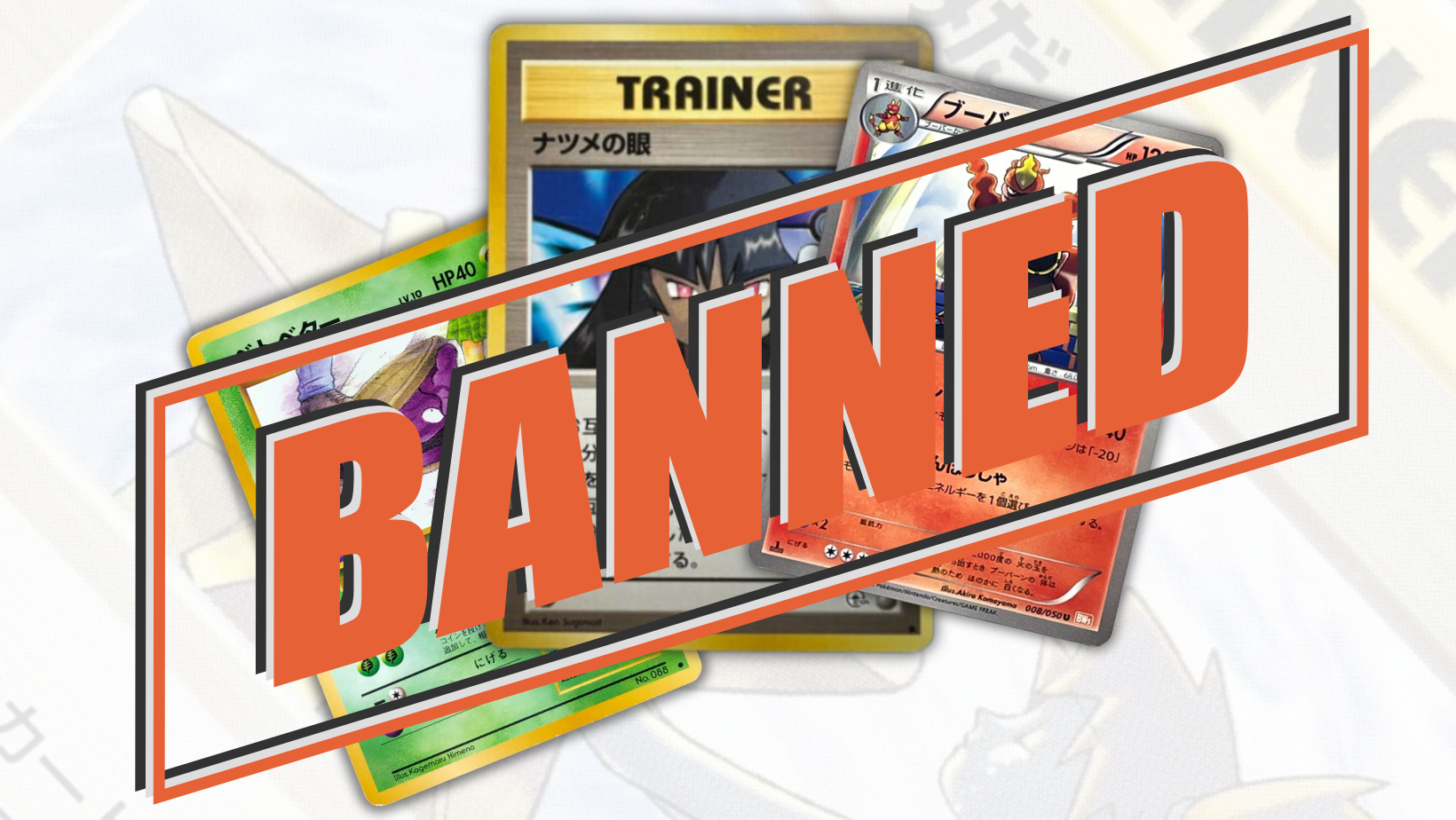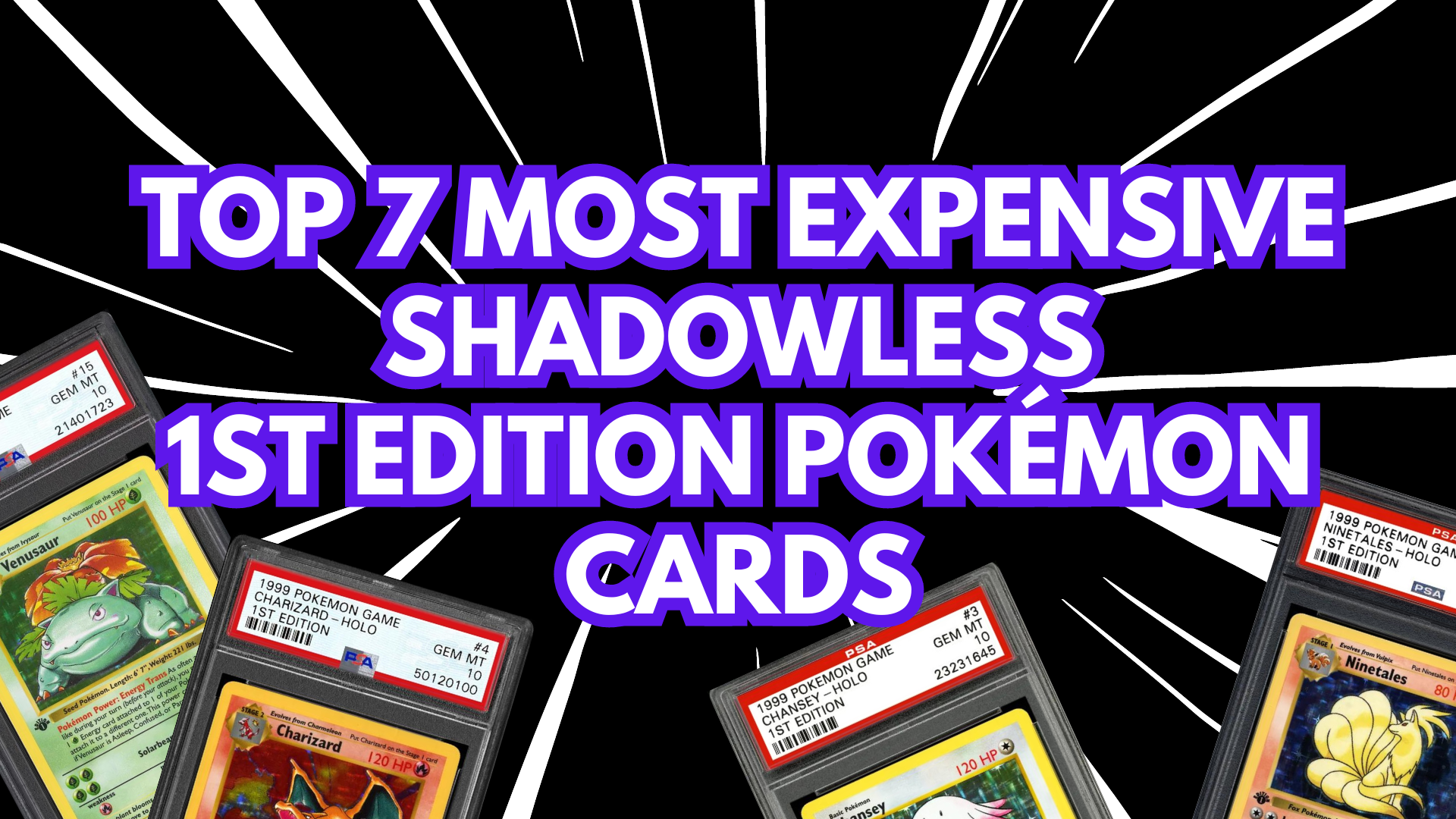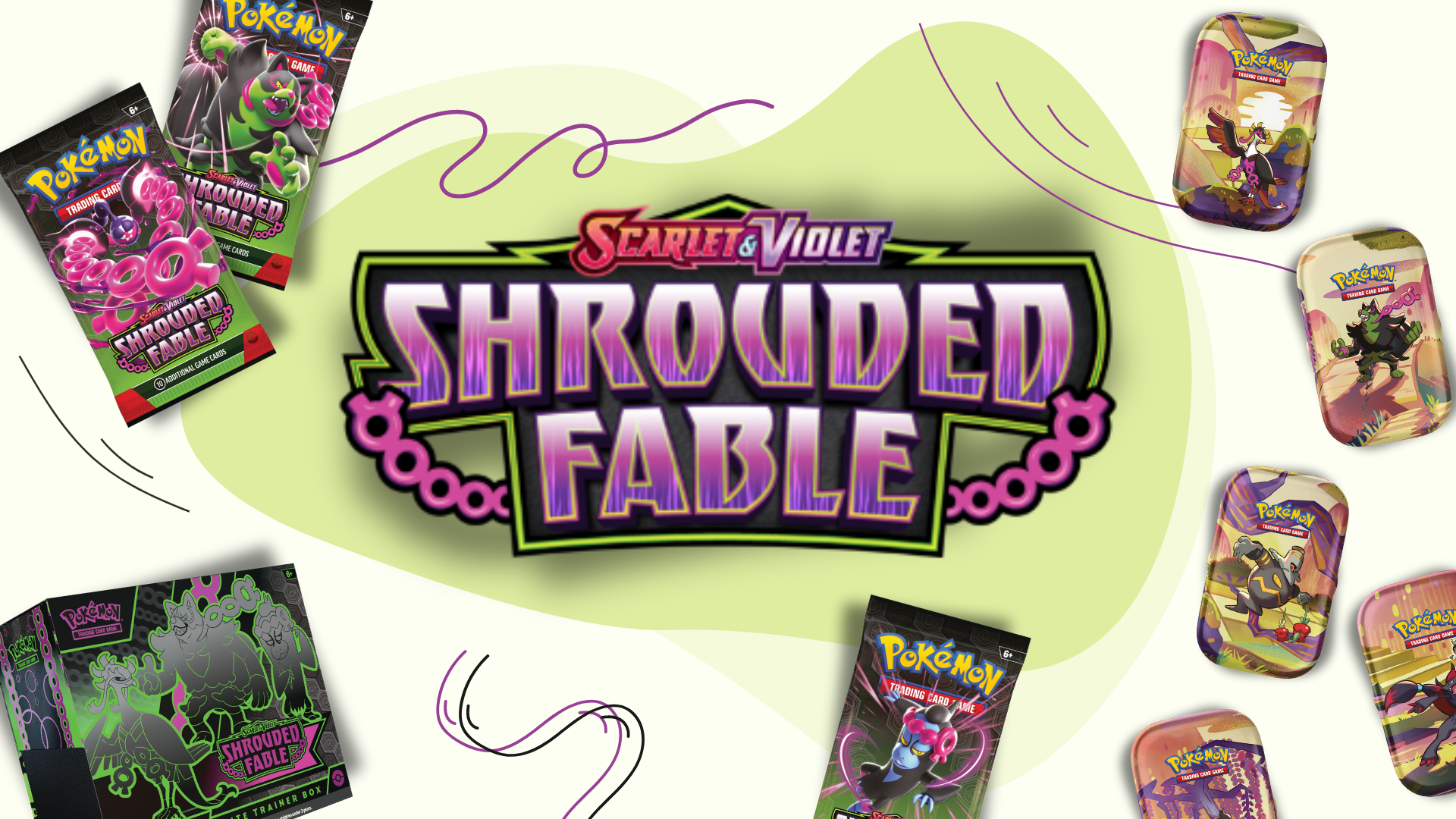If there’s one thing that captures the spirit of the ’90s and early ’00s, it’s Pokémon. The cultural phenomenon extended far beyond the realm of the video games, pervading toys, clothing, television series, and most importantly, trading card games. Just like the video game, Pokémon Trading Card Game (TCG) has had its fair share of controversy, mainly in the form of banned cards. In this blog, we will take an in-depth look at some of the most infamous banned Pokémon cards, ranging from the Team Rocket set to the Neo Genesis set, and discuss why they were deemed unfit for the game.
- 1. Rocket’s Secret Machine/Grimer – Team Rocket
- 2. Jynx – Base Set
- 3. Magmortar – Dragons Exalted
- 4. Sabrina’s Gaze – Gym Heroes
- 5. Gengar – Gym Heroes
- 6. Koga’s Ninja Trick – Gym Challenge
- 7. Kadabra
- 8. Misty’s Tears – Gym Heroes
- 9. Moo-Moo Milk – Neo Genesis
- Wrapping Up: The Complex Relationship Between Art, Culture, and the Pokémon TCG
1. Rocket’s Secret Machine/Grimer – Team Rocket
The Grimer card from the Team Rocket set drew controversy because of its original artwork. The Japanese version showed Grimer looking up a girl’s skirt, which was deemed inappropriate. Consequently, the artwork was revised for international releases to portray Grimer looking straight ahead, with the girl removed.
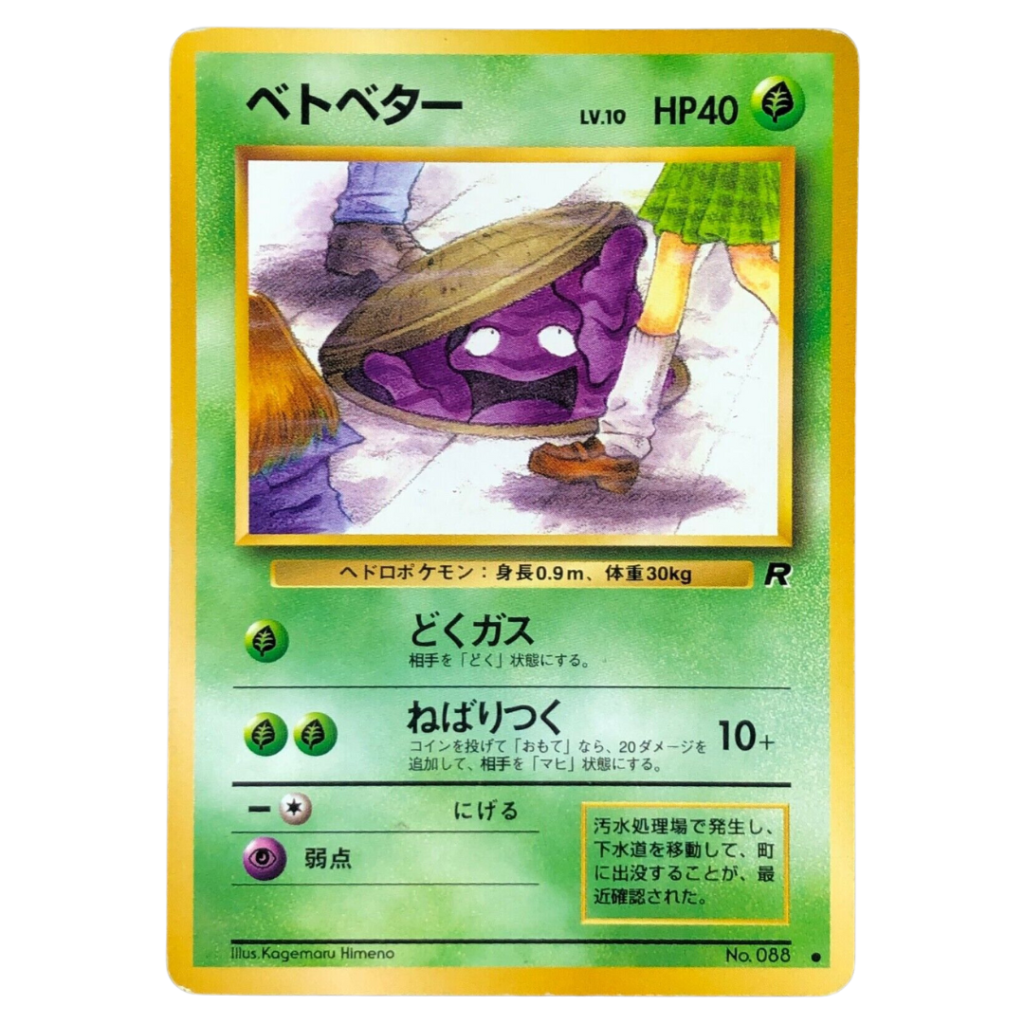
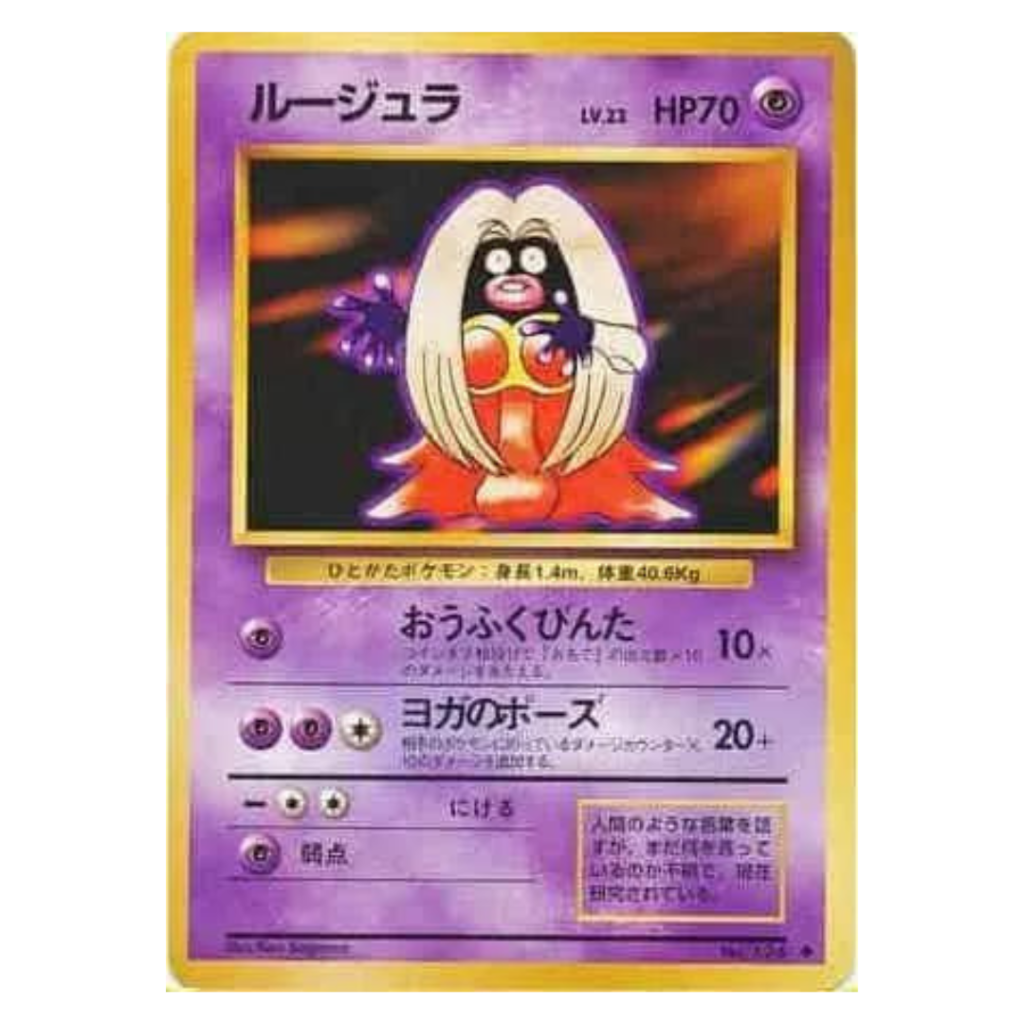
2. Jynx – Base Set
The original design of Jynx from the Base Set provoked accusations of racial insensitivity. The dark-skinned Pokémon with exaggerated features was seen as resembling blackface, a historically offensive theatrical makeup practice. In response to the controversy, Nintendo redesigned Jynx, giving her purple skin in subsequent games and card sets.
3. Magmortar – Dragons Exalted
The Magmortar card from the Dragons Exalted set faced controversy due to its suggestive imagery. The artwork of the card depicts Magmortar, a Pokémon known for the cannon-like appendages on its arms, in a pose that some critics argued was too suggestive and violent. It appears as if Magmortar is pointing its cannon directly at the viewer, a depiction deemed inappropriate for a children’s card game.
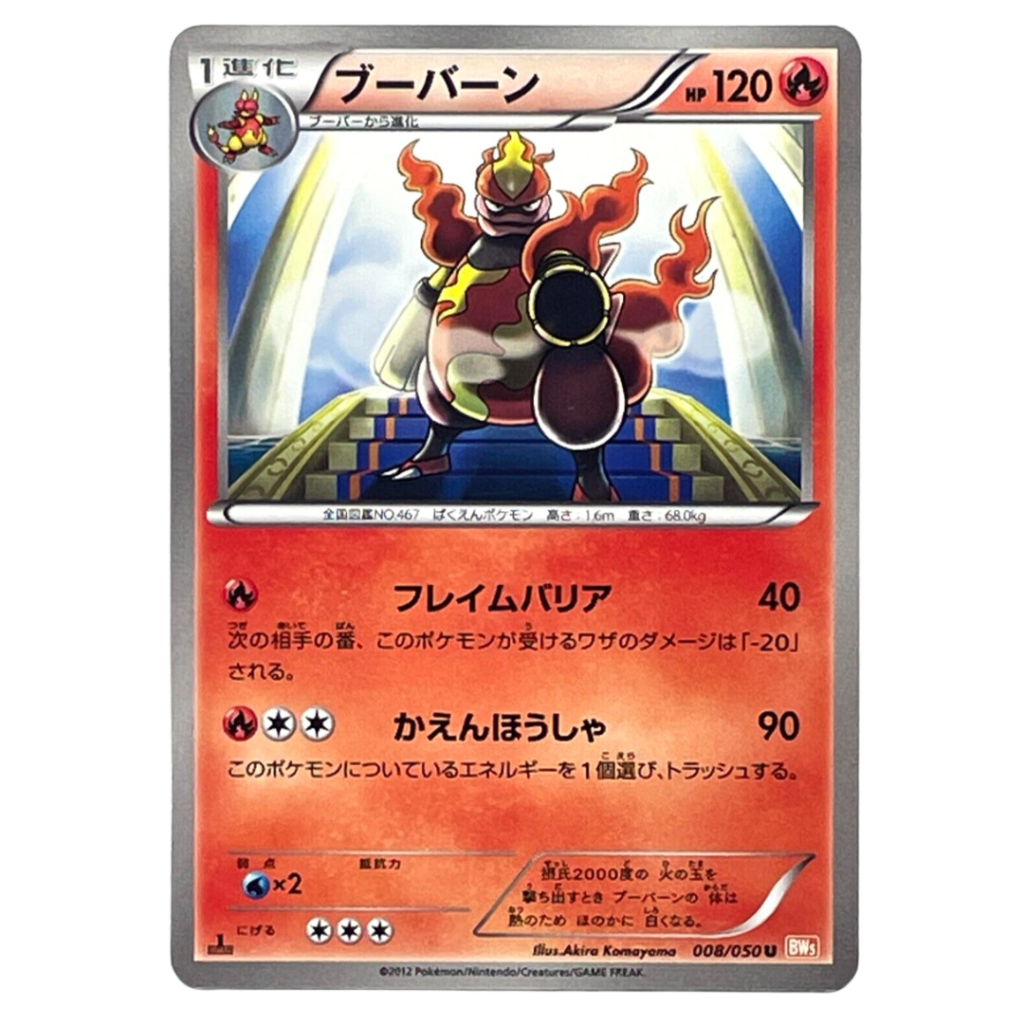
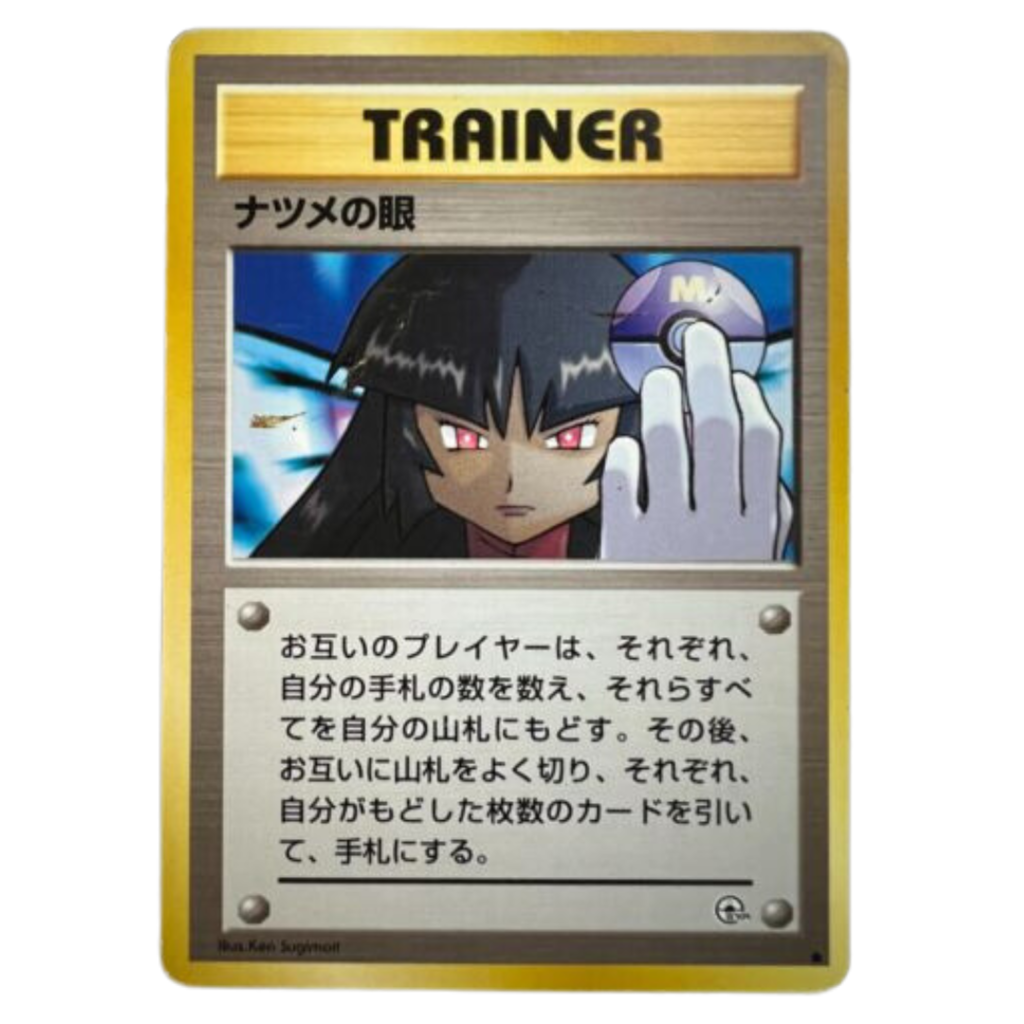
4. Sabrina’s Gaze – Gym Heroes
Sabrina’s Gaze from the Gym Heroes set faced controversy due to its artwork. The original Japanese version showed Sabrina seemingly flipping off the viewer, which was perceived as offensive in many cultures. The artwork was subsequently altered for the international version.
5. Gengar – Gym Heroes
The Gengar card from the Gym Heroes set stirred controversy due to its graveyard backdrop, which was seen as too grim and potentially frightening for younger players. Given Pokémon’s target audience, it was decided that such imagery was inappropriate, leading to a ban on the card.
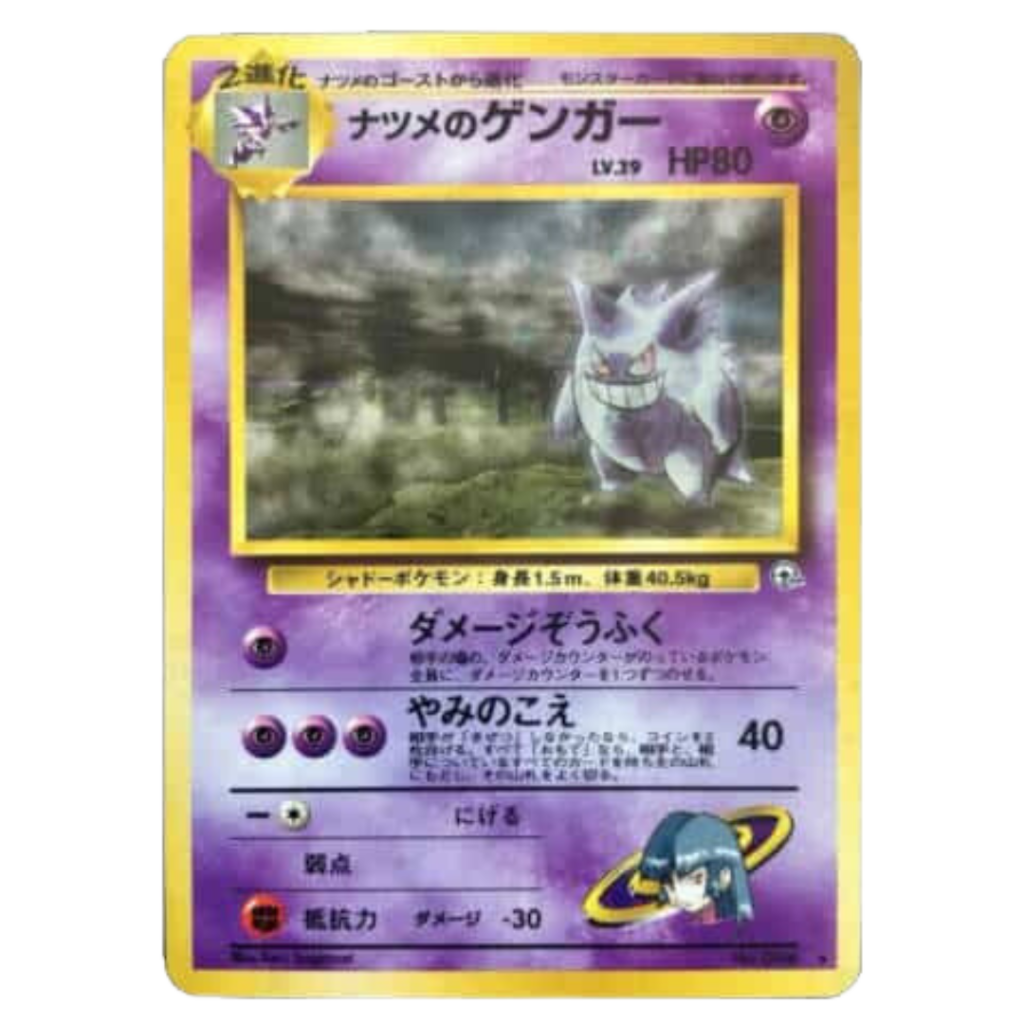
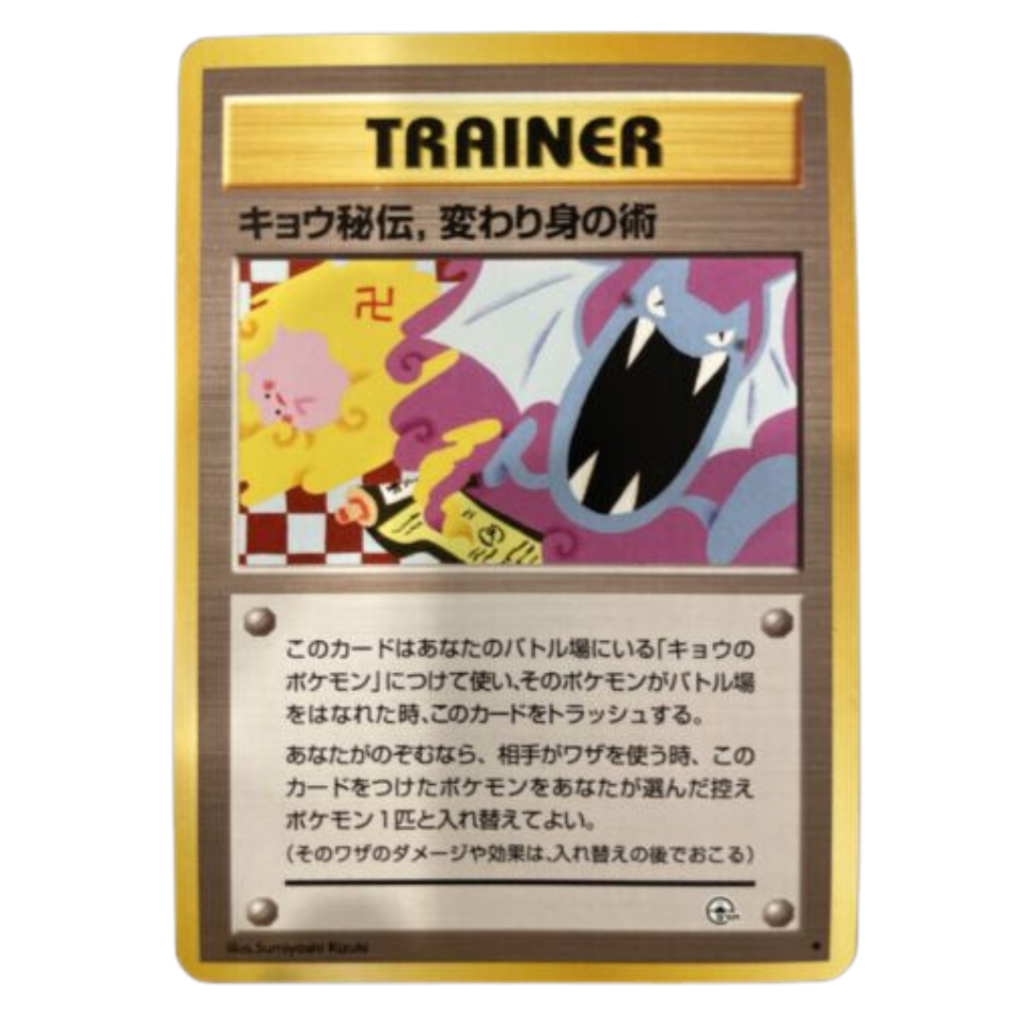
6. Koga’s Ninja Trick – Gym Challenge
The original artwork of Koga’s Ninja Trick from the Gym Challenge set included a symbol that resembled a swastika. Given the historical context and significance of the swastika, associated with Nazi Germany, the card drew considerable criticism. The symbol, however, was intended to be a “manji,” a religious icon in Buddhism and Hinduism, and had no harmful intentions. Still, due to the potential misunderstanding, the card was edited for international versions.
7. Kadabra
The controversy surrounding the Kadabra card is quite unique. Uri Geller, a famous illusionist known for bending spoons, sued Nintendo, claiming Kadabra (who also holds a spoon) was an unauthorized representation of him. This led to the Pokémon’s removal from the trading card game.
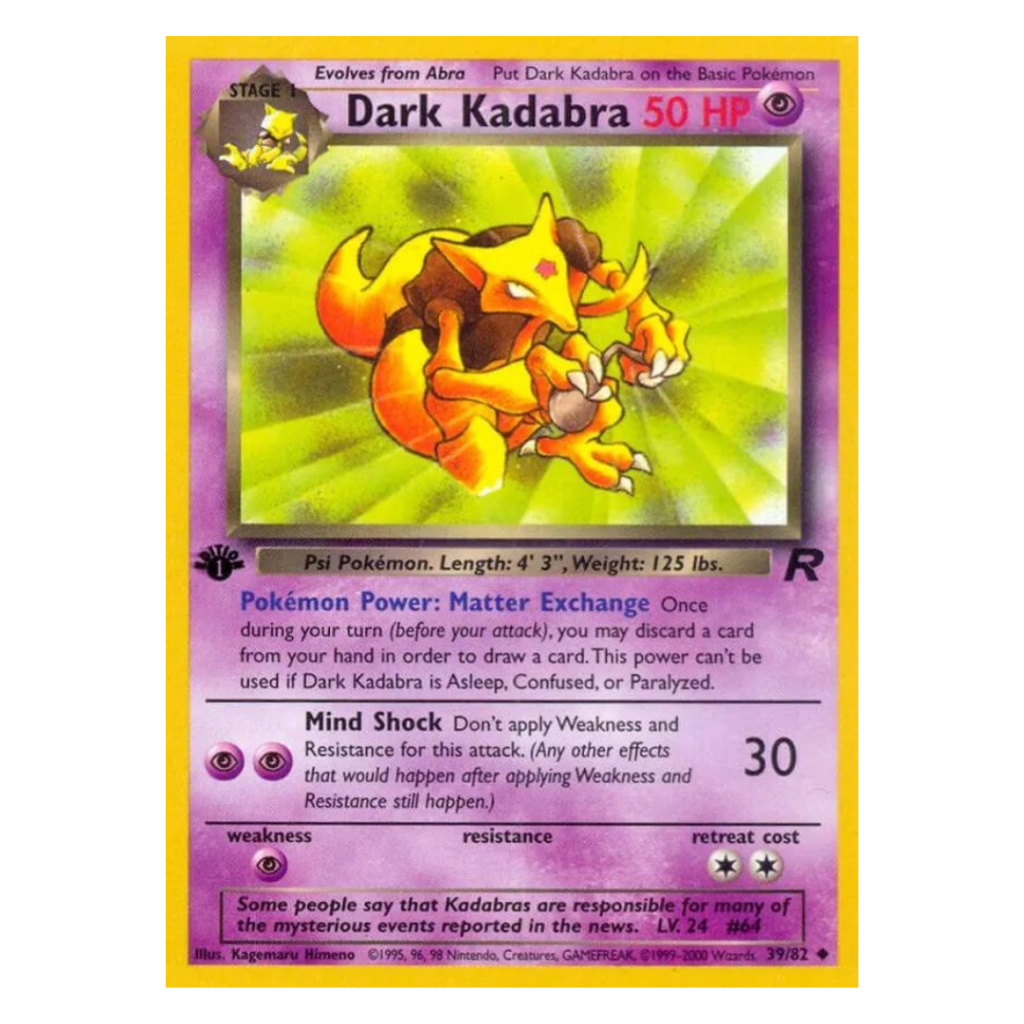
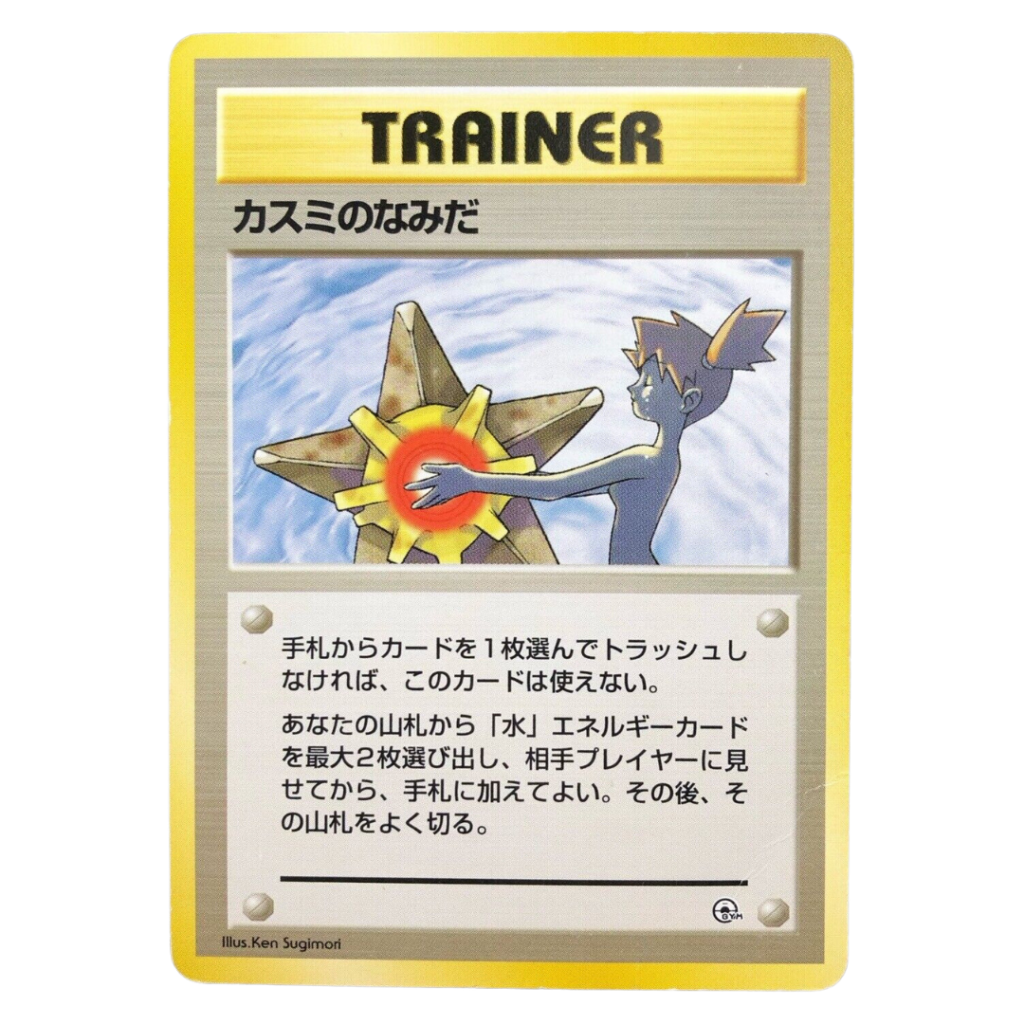
8. Misty’s Tears – Gym Heroes
The original Japanese version of Misty’s Tears from the Gym Heroes set depicted a nude Misty, a depiction considered too explicit for international audiences. The international version replaced the original artwork with an image of Misty crying, reflecting the card’s name.
9. Moo-Moo Milk – Neo Genesis
The artwork of the Moo-Moo Milk card from the Neo Genesis set, which depicted a Sentret drinking milk directly from a Miltank, drew criticism for being inappropriate for a children’s game. The artwork was subsequently altered for international release, featuring a milk bottle instead of Miltank.
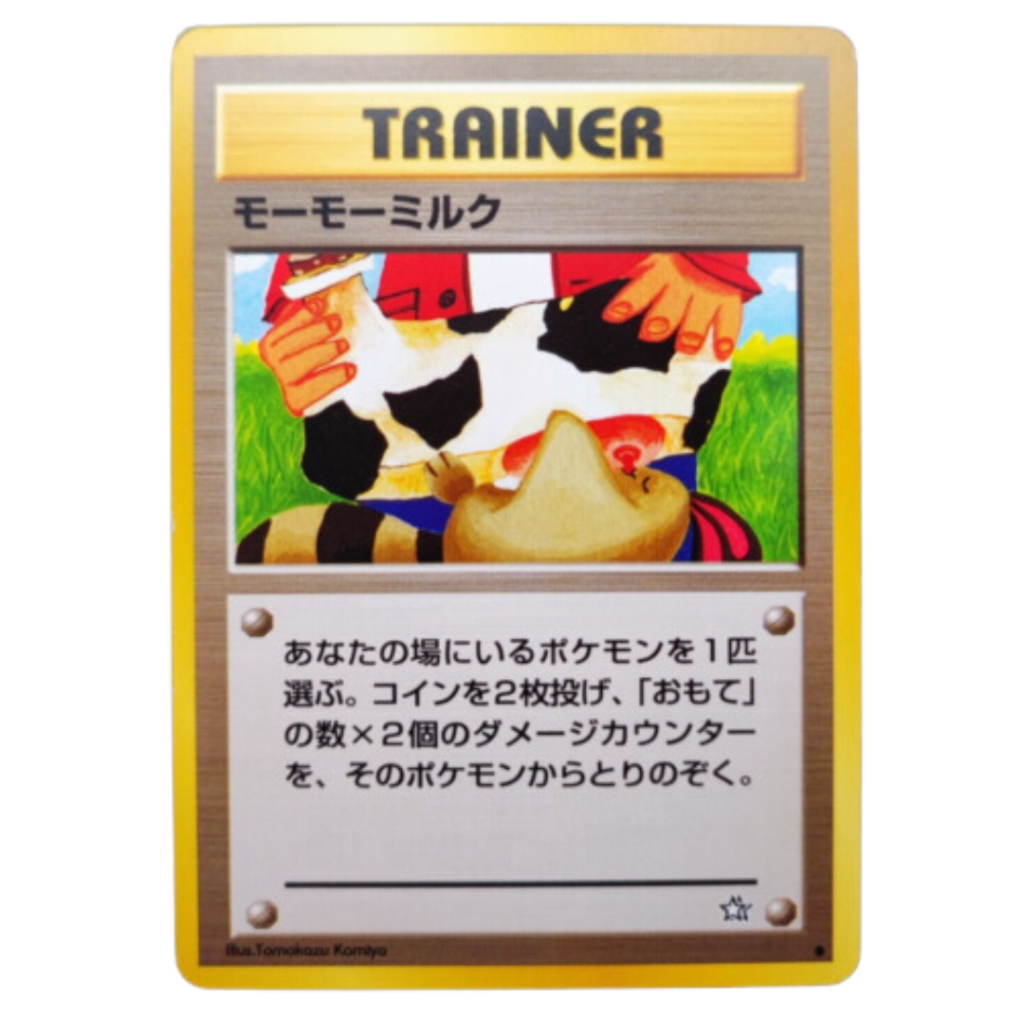
Wrapping Up: The Complex Relationship Between Art, Culture, and the Pokémon TCG
Navigating the world of Pokémon cards reveals an intriguing intersection of art, culture, and children’s entertainment. The controversies surrounding these Banned Pokémon Cards, illustrate how the creators have had to balance cultural sensitivities, historical symbols, appropriateness of content, and even individual likeness rights.
From the suggestive Grimer artwork to the cultural misunderstandings with Koga’s Ninja Trick, these cards serve as potent reminders of the broader implications of game design and how they intersect with global audiences. They underscore the need for game creators to anticipate potential cultural and ethical issues when exporting their games internationally.
At the same time, these stories of Banned Pokémon Cards, add a layer of intrigue to the Pokémon TCG, contributing to its enduring popularity and appeal. For collectors, finding a controversial card could provide a thrilling chase and add a unique dimension to their collection.
Despite these controversies, the Pokémon Trading Card Game continues to thrive and captivate audiences worldwide. The creators have shown a willingness to learn from past mistakes, making necessary changes when needed. This adaptability is part of what makes the world of Pokémon not just entertaining but also an interesting reflection of global cultural dynamics. In the end, the love for Pokémon transcends these controversies, speaking to the franchise’s strong characters, exciting gameplay, and the enduring appeal of capturing, battling, and collecting these fantastic creatures.
Interested in the back stories of Pokemon? Check out this post… Lore: The unstoppable thrill & mesmerizing tales of the astonishing Pokémon world!

